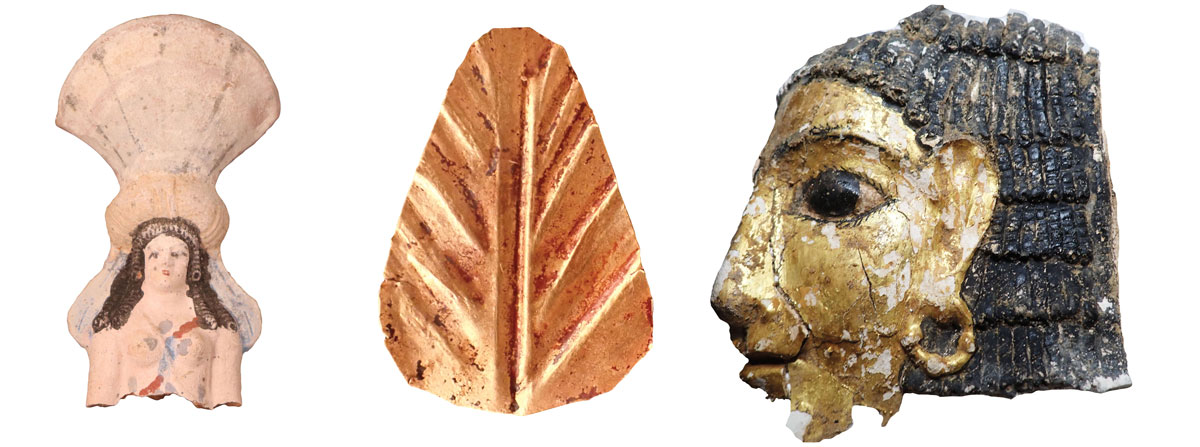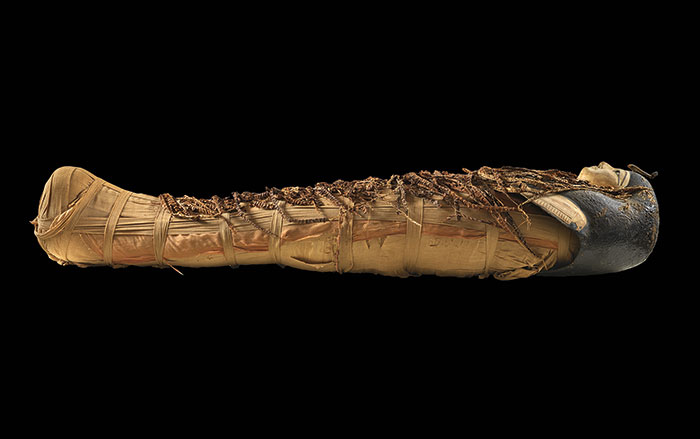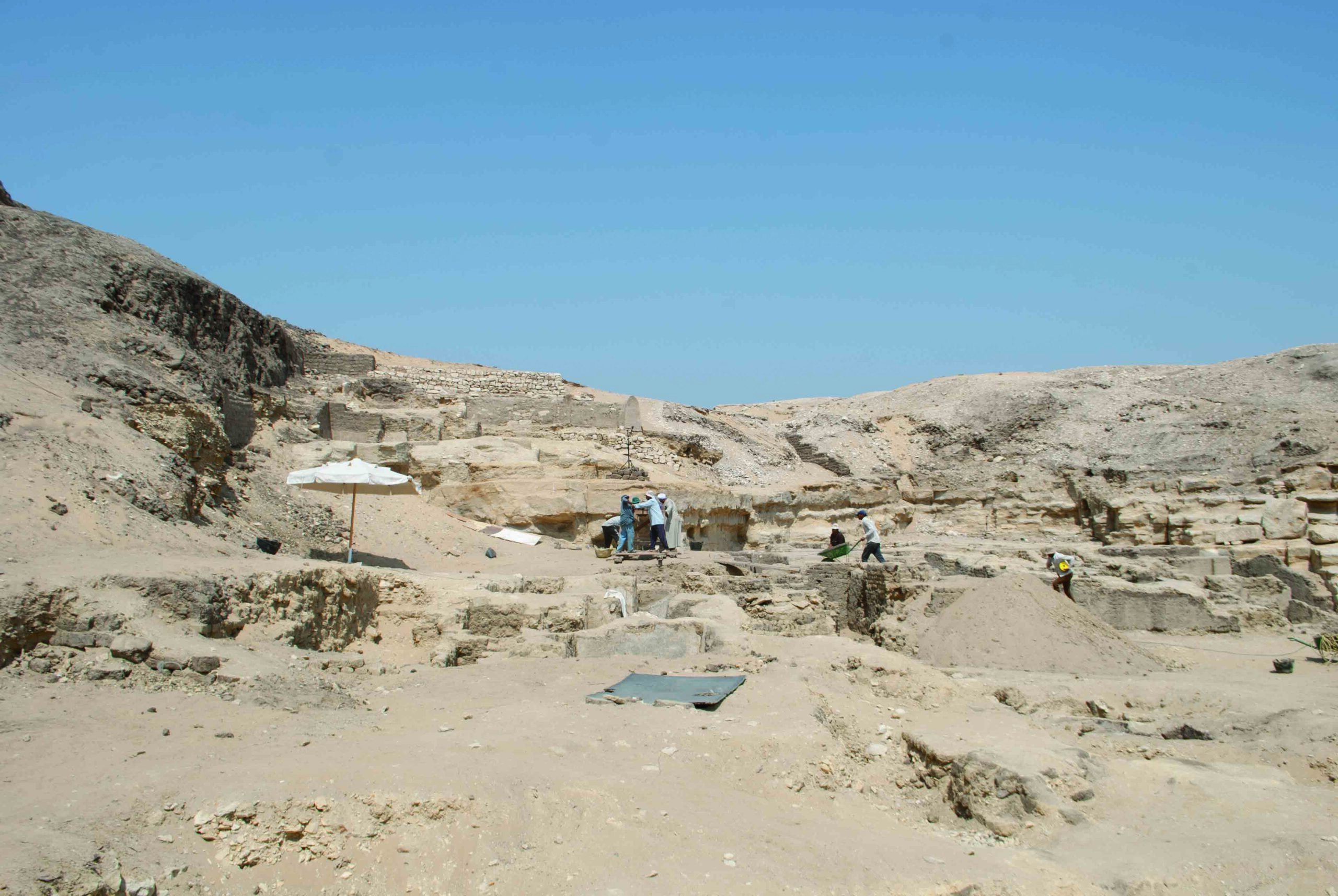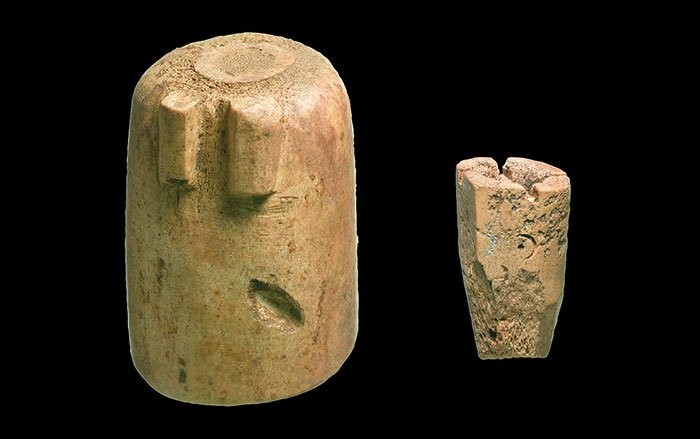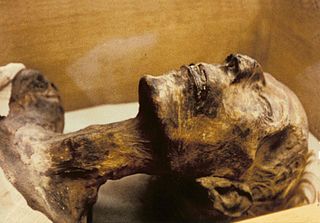
ZURICH, SWITZERLAND—Frank Rühli, director of the Institute of Evolutionary Medicine at the University of Zurich, and his colleagues used body height, which is highly hereditable, to look for possible, non-invasive evidence of incest among 259 Egyptian mummies. Historical sources record the marriages of brothers and sisters, which were believed to preserve the sacred bloodlines of pharaohs descended from the gods. Pharaohs who were married to their sisters, but whose parents were not siblings, were not considered in the study. The team found that the body heights of royals varied less than the body heights of commoners. “Pharaohs varied less in height than men of the common population. This is one indicator of inbreeding,” Rühli told Discovery News. The study showed that pharaohs, overall, were taller than non-royal males from the same time period. Ramses II was the tallest of the pharaohs under investigation. There was little difference in the height of queens and non-royal women, however. The pattern could also reflect the living environment of the wealthy royals. “Average height and height variation reflect very nicely the quality of the environment. So, the very good environment of the royal men might be another reason why their height variation is reduced compared with commoners,” commented Barry Bogin of Loughborough University. He has studied height variation among children from very wealthy families and very poor families. For another recent mummy study, see "Heart Attack of the Mummies."


